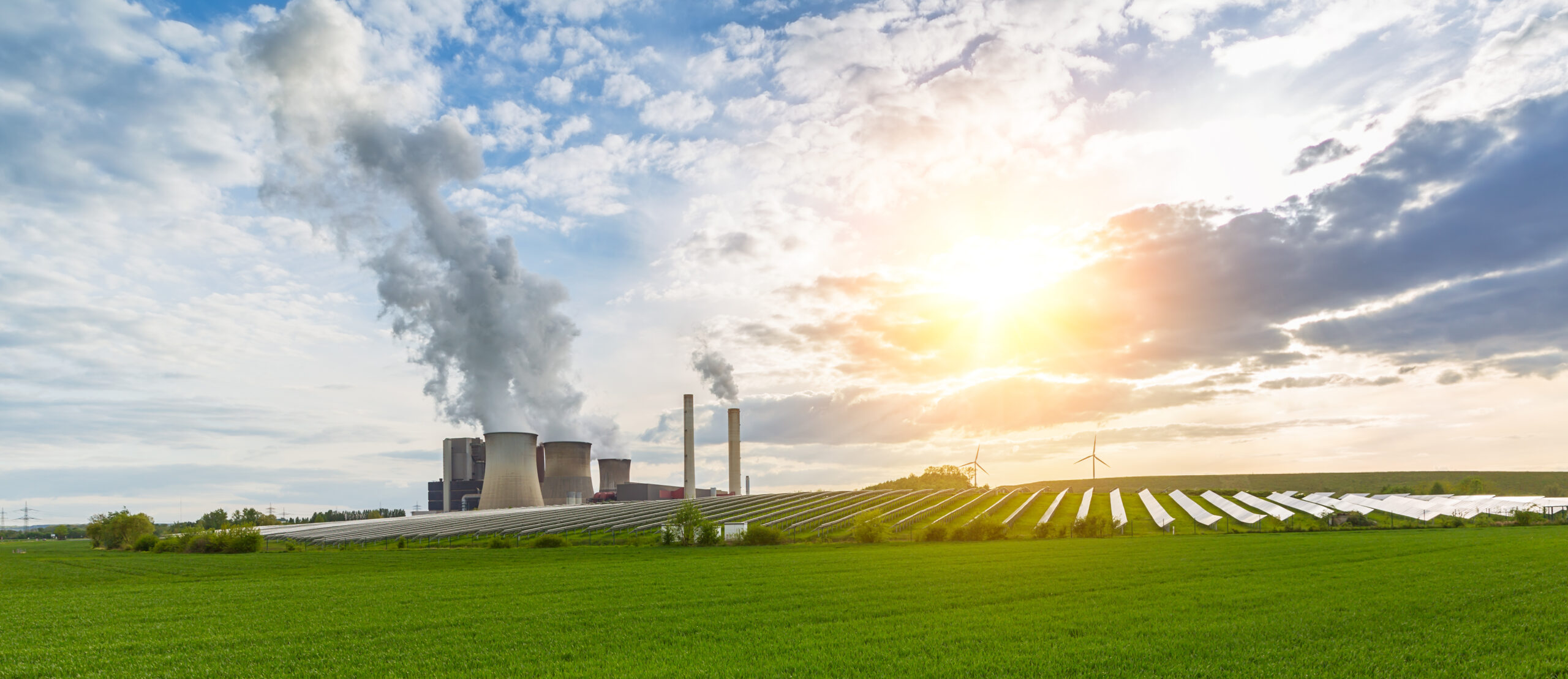Lowering bills, cutting carbon
17 Jun 2020

On Tuesday (16 June), Great Britain ended a record-breaking run – 67 straight days (and 22 hours) without coal to generate electricity. It’s an incredible milestone, but it comes at a time when it is more important than ever that we all switch to green energy.
For most of us, our focus over the last few months has been on the terrible impacts of the COVID-19 pandemic, but in the background, the world’s climate has been spinning further out of control. Temperatures in the Arctic Circle hit 30C last week, heralding a return of what have been termed ‘zombie wildfires’. The US South West is in the grip of a ‘megadrought’. And the first half of 2020 has already left UK reservoirs dry, putting this year in a strong position to compete with the five years before – together the five hottest years for the planet on record.
If we are to avoid the worst impacts of climate change – impacts on our health and economies which will be many times more dramatic than even a global pandemic – we have to act with renewed urgency to transition our economies to cleaner, greener energy sources.
So, how have we done so far in the UK, and how much more is there to do?
Since the Stone Age, humans have been searching for ways to harness Mother Nature to keep warm, heat food and generate light. But it wasn’t until the Industrial Revolution that we discovered the ability to power lighting, transport and factories through the burning of coal, oil and gas. Since then, we’ve been digging up fossil fuels at a breathtaking pace.
Did you know?
The world’s first coal-fired public power plant, the Edison Electric Light Station, was built in London in 1882, supplying electricity to buildings including the Old Bailey.
For a long period, the UK’s electricity supply mostly came from a patchwork collection of independent networks, which were unreliable and frequently suffered from outages. In 1933, the completion of the National Grid changed this. Powered 90% by coal (oil provided most of the remainder), this new countrywide network meant that homes across Great Britain could access a secure source of electricity, improving the standard of living drastically. Over the course of the next 70 years, Britain relied heavily on coal-burning and, later, nuclear power plants, as well as the more recent surge in gas supply, coming largely from the North Sea.
Given that we’ve known about the threat of climate change since the 1970s, it may be surprising that it wasn’t until the turn of this century that things began to change, and our use of renewable energy sources like the wind and sun began to grow. Since then, investment in green energy has surged both in the UK and globally, confounding the predictions of many energy experts.
By 2019, the share of the UK’s electricity generated from renewables had hit 36.9% – and that figure itself was almost a 10% increase on a year before. The majority of this new green power has come from wind, which provided for almost 20% of the UK’s total electricity usage last year. The remainder has come through bioenergy (30.7%), solar (10.6%)* and hydro (4.9%).
The UK is a global leader in wind energy production, helped by our island status, which gives us access to shallow seas that are ideal for offshore wind turbines. As of February this year, 10,429 wind turbines were operational around the country, allowing a total capacity of over 22 gigawatts, placing us as the sixth largest producer of wind power in the world. The Government has made a commitment to increase offshore capacity to 40GW by 2030, which would be sufficient to cater for the UK’s total electricity demand last year.
Despite the amazing progress made to date, we have much more to do if we are to play our part in avoiding the worst effects of climate change. We need 100% of our electricity generated from renewable sources, rather than under 40%. And we need to find low carbon alternatives to the gas we use to heat our homes – or even better, dramatically reduce the amount we use.
So, it’s more important than ever that we use our voices as consumers to be a part of that change. Switching to green energy is one of the simplest (and cheapest) ways to do that: if you haven’t already, take five minutes today to make the switch.
* Solar power generated by individual households isn’t taken into account within the national statistics, meaning the åctual figure will be higher.